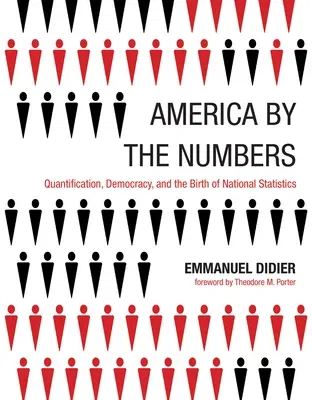Emmanuel Didier
(Author)America by the Numbers: Quantification, Democracy, and the Birth of National StatisticsPaperback, 7 April 2020

Qty
1
Turbo
Ships in 2 - 3 days
In Stock
Free Delivery
Cash on Delivery
15 Days
Free Returns
Secure Checkout

Part of Series
Infrastructures
Print Length
432 pages
Language
English
Publisher
MIT Press
Date Published
7 Apr 2020
ISBN-10
0262538377
ISBN-13
9780262538374
Description
Product Details
Author:
Book Format:
Paperback
Country of Origin:
US
Date Published:
7 April 2020
Dimensions:
22.86 x
17.78 x
3.05 cm
ISBN-10:
0262538377
ISBN-13:
9780262538374
Language:
English
Location:
Cambridge
Pages:
432
Publisher:
Series:
Weight:
793.79 gm